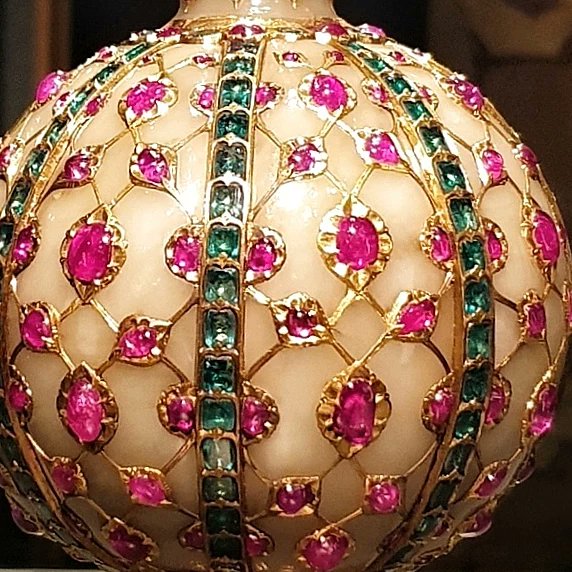
The Bagram Ivories
Spectacular 1stC CE Sanchi-style carvings on ivory, originally probably part of a throne, found in the storeroom of a Kushan palace under the current Bagram airbase.
Spectacular 1stC CE Sanchi-style carvings on ivory, originally probably part of a throne, found in the storeroom of a Kushan palace under the current Bagram airbase.

Scholars believe they were probably carved nearby by itinerant Indian craftsmen working for the Kushans. 



Sanchi has an inscription referring to a donation by the ivory carvers of nearby Vidisha. This is quite possibly their work. 

The carvings of the Bagram ivories shows scenes representing the women's quarters of a palace, and this may well be where the seat was intended to be placed. 







Roman/Hellenistic glassware, possibly from Egypt, or maybe made on site from Egyptian glass rods, found alongside the Bagram Ivories. 

• • •
Missing some Tweet in this thread? You can try to
force a refresh

























